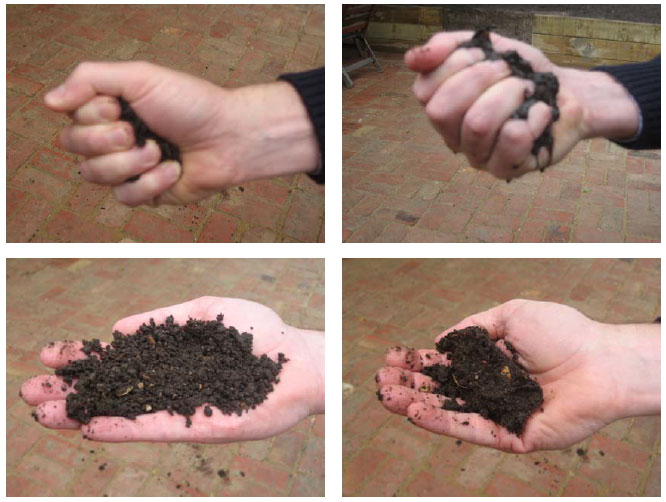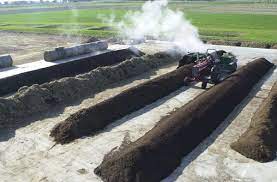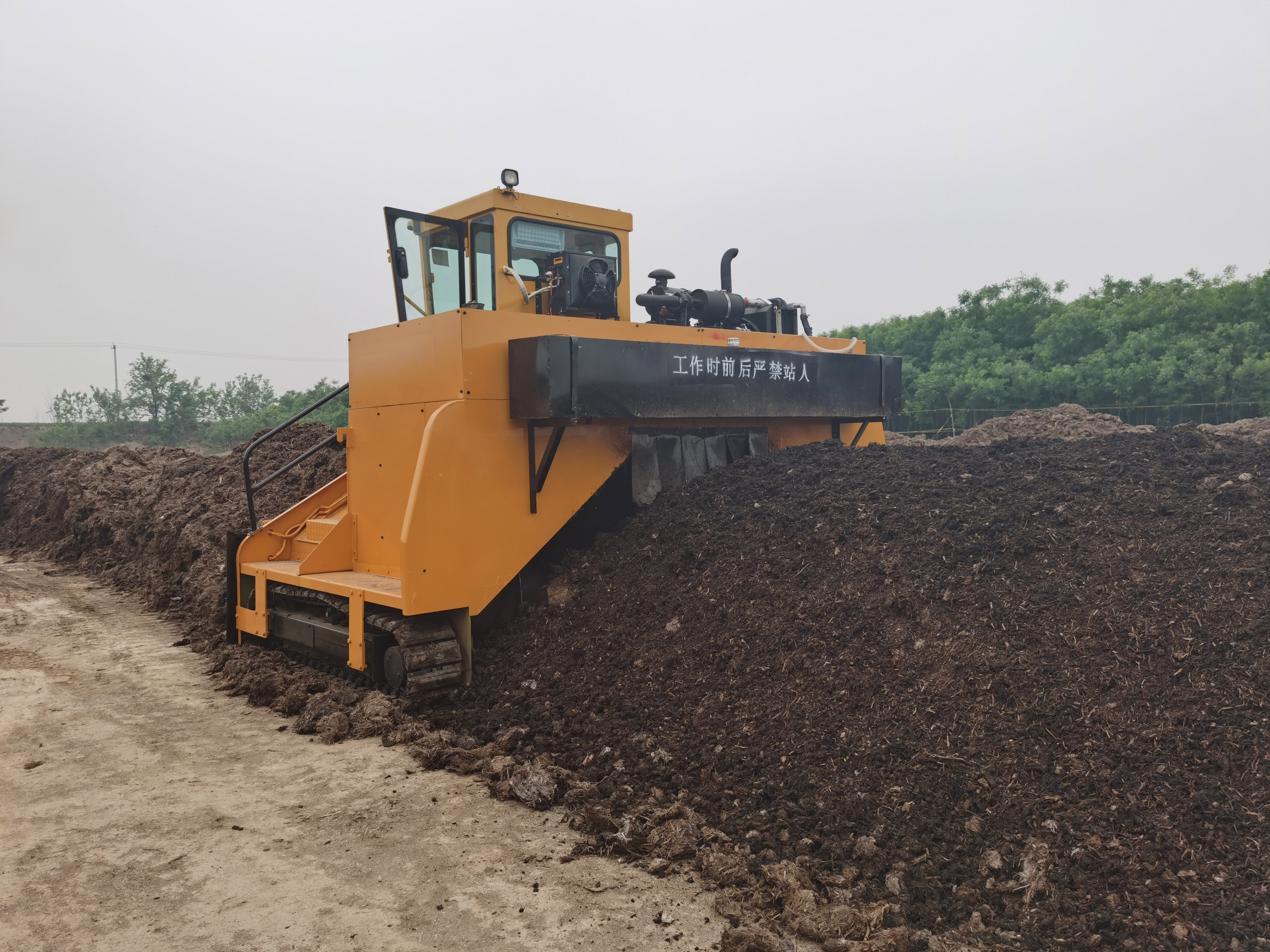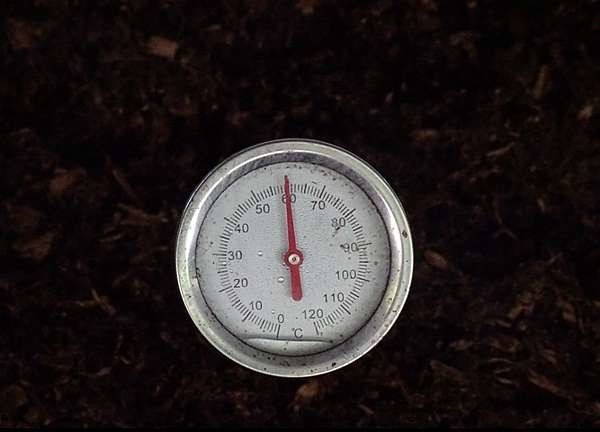Compost fermentation is a very widely used fermentation method in the production of organic fertilizers. Whether it is flat-ground compost fermentation or fermentation in a fermentation tank, it can be regarded as a method of compost fermentation. Sealed aerobic fermentation. Compost fermentation is widely used because of its large processing capacity and small investment. Although compost fermentation seems relatively simple, some key points need to be paid attention to successfully and quickly decompose and ferment raw materials such as chicken manure and pig manure into organic fertilizer.
1. Raw material requirements: Whether the fermentation raw material is chicken manure, pig manure, urban sludge, etc., it should be fresh, and the raw materials after natural deposition cannot be used.
2. Requirements for excipients: When the water content of the raw materials is too high, attention should be paid to adding excipients, such as broken straw, rice bran, etc., should pay attention to the use of excipients with strong water absorption and suitable particles or lengths, and the particles of the excipients should not be too large.
3. The bacteria should be evenly distributed: aerobic fermentation bacteria are the key to compost fermentation. Generally speaking, at least 50g of bacteria should be added per ton of raw materials. Because the amount used is small, it may not be evenly distributed, so the fermentation bacteria can be distributed in advance. Add it to the auxiliary materials, mix it evenly, add it to the raw materials, and then use equipment such as a turning thrower to stir it evenly.
4. Raw material moisture control: The moisture control of composting and fermentation of raw materials is a very important step. Generally, the moisture content of the raw materials before fermentation is required to be about 45-50%. If a simple judgment is made, the hand will not form a group or a relatively loose group. You can use a solid-liquid separator or add auxiliary materials to the raw materials to meet the requirements.
5. The width and height of fermentation materials must meet the standard. It is generally required that the width of the fermentation material is greater than 1 meter 5, the height is greater than 1 meter, and the length is not limited
6. Requirements for compost turning operation: The purpose of the compost turning operation is to increase the oxygen content in the raw material stack, control the temperature inside the windrow, and reduce the humidity, to create an optimal condition for the growth and reproduction of aerobic fermentation bacteria. When turning, ensure that the turning operation is even and thorough. After compost turning, ensure that the materials are still stacked. If the fermentation tank is used for fermentation, a trough turning machine can be used. If it is composting on the ground, professional compost turning machine—compost turner should be considered, which will ensure the efficiency and quality of turni
7. Fermentation temperature, the temperature is a necessary condition for the growth and reproduction of aerobic fermentation bacteria. During fermentation temperature measurement, a thermometer should be inserted horizontally within the range of 30-60 cm above the ground, and the insertion depth should be 30-50 cm. Record the temperature when the reading is stable. Do not remove the thermometer while recording the temperature. During normal fermentation, the temperature of this area should be between 40 and 60 degrees celsius(104 and 140 degrees fahrenheit), and maintaining this temperature can make the raw materials ferment successfully. If the temperature is too low, heat preservation treatment should be considered, and if the temperature is too high, the material should be turned over.
If you have any other questions or needs, please contact us by the following ways:
whatsapp: +86 13822531567
Email: sale@tagrm.com
Post time: Apr-12-2022




